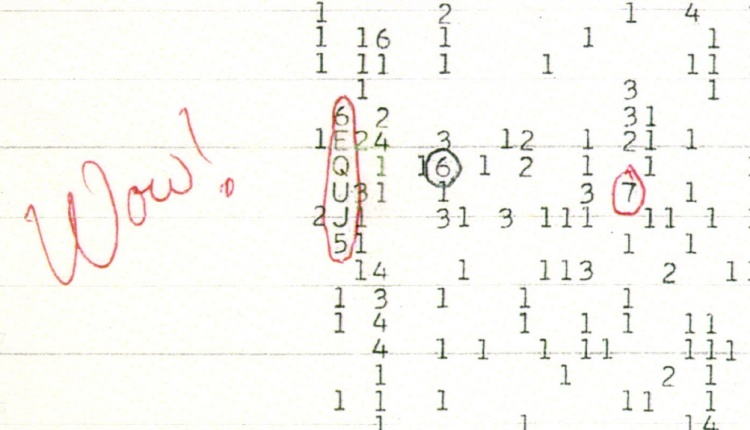Boron, although classified as a trace element, is one of the most important nutrients in rapeseed cultivation. However, it should be noted that it is one of the components of tank mixtures that may have the greatest impact on their properties. What should you pay attention to when forming mixtures with boron? What are the differences between forms of boron in foliar fertilizers?
Growers' concerns about boron raising the pH of the working fluid or weakening the effect of other ingredients are very common. They are unfounded, but such negative phenomena do not have to happen, so it is worth investigating their causes and how to prevent them.
Fertilize rapeseed with boron
Boron is available in the form of foliar, single or multi-component fertilizers. In the latter case, it is worth checking the composition to ensure that individual nutrients are provided in optimal quantities and, if necessary, supplementing them, for example with a single-component fertilizer. When mixing different foliar fertilizers, plant protection products, etc., always check the manufacturers' recommendations for mixing individual preparations, and also test small quantities, for example in a bucket, keeping the proportions of course. It is not recommended to combine boron fertilization with herbicide protection. At the same time, there are usually no contraindications for carrying out fertilization simultaneously with treatment with fungicides or insecticides.
As for the position of boron in the order of adding ingredients to the tank mixture, there are different schools of thought. One says that boron should always be added last, another says that bulk fertilizers can be added first, provided they dissolve slowly, and the rule of adding boron last only applies to liquid fertilizers. Therefore, it is better to follow the manufacturer's recommendations on this matter, or use your own experience. It is always important to prepare the tank mixture immediately before use, so as not to allow time for possible uncontrolled interactions between individual components.
Different forms of boron and working fluid reaction
Considerations regarding the effect of boron on the properties of the working fluid or tank mixture should begin with the fact that it is not always the same pure boron, but its different compounds. Hence the following differences arise, and it is not only related to the state of the substance mentioned above, i.e. bulk or liquid fertilizers. When reviewing the composition of boron fertilizers from different manufacturers, we can find this element in compounds such as boric acid, sodium borate or boroethylenene. They differ not only in their chemical composition, but also in characteristics that are important for the farmer.
Boric acid is a bulk fertilizer that lowers the pH of the working fluid and must be added initially. Sodium borate also comes in bulk form, but it slightly increases the pH of the mixture and must be added last. Boroethylene is a liquid fertilizer that increases the pH and must be added last, necessarily after dilution.
Some manufacturers sell fertilizers containing this element immediately in the form of a mixture of boron complex with additives that stabilize the pH. Otherwise, air conditioners are a useful solution. However, the problem is that many manufacturers of these agents keep their formulations secret, and therefore, without knowing what chemical compounds we are adding to the tank mixture, it is difficult to predict what reactions will occur and how effective this additive will be. It would be, which, after all, also costs money.
Boron and plant protection effectiveness
Boron-containing fertilizers may not only affect the pH of your tank mixture, but they may also affect the effectiveness of the plant protection products that are used with them. This is especially true for boric acid and its compounds. It is a weak acid and, as a result, can react easily when added to a mixture. The effect then appears in the form of a precipitate, which is a new chemical compound that is formed as a result of the interaction of the components of the mixture. It is not suitable for spraying and may even hinder the use of the correct portion of the working fluid.
©
Copyrighted material – reprinting rules are specified in the regulations.

Echo Richards embodies a personality that is a delightful contradiction: a humble musicaholic who never brags about her expansive knowledge of both classic and contemporary tunes. Infuriatingly modest, one would never know from a mere conversation how deeply entrenched she is in the world of music. This passion seamlessly translates into her problem-solving skills, with Echo often drawing inspiration from melodies and rhythms. A voracious reader, she dives deep into literature, using stories to influence her own hardcore writing. Her spirited advocacy for alcohol isn’t about mere indulgence, but about celebrating life’s poignant moments.














